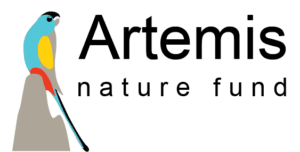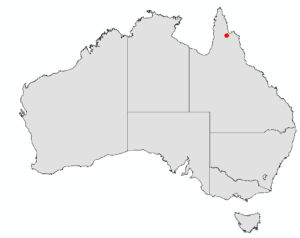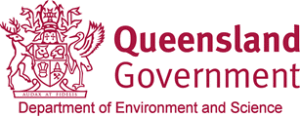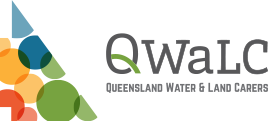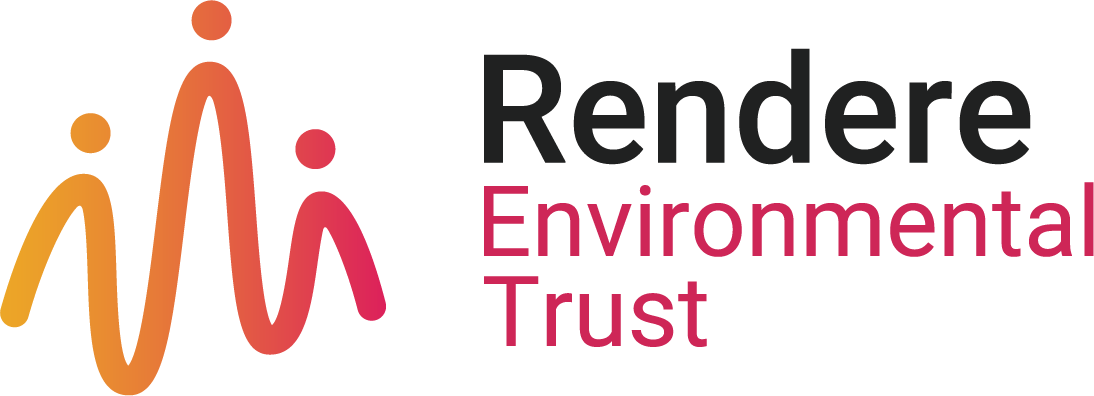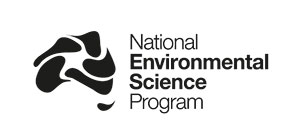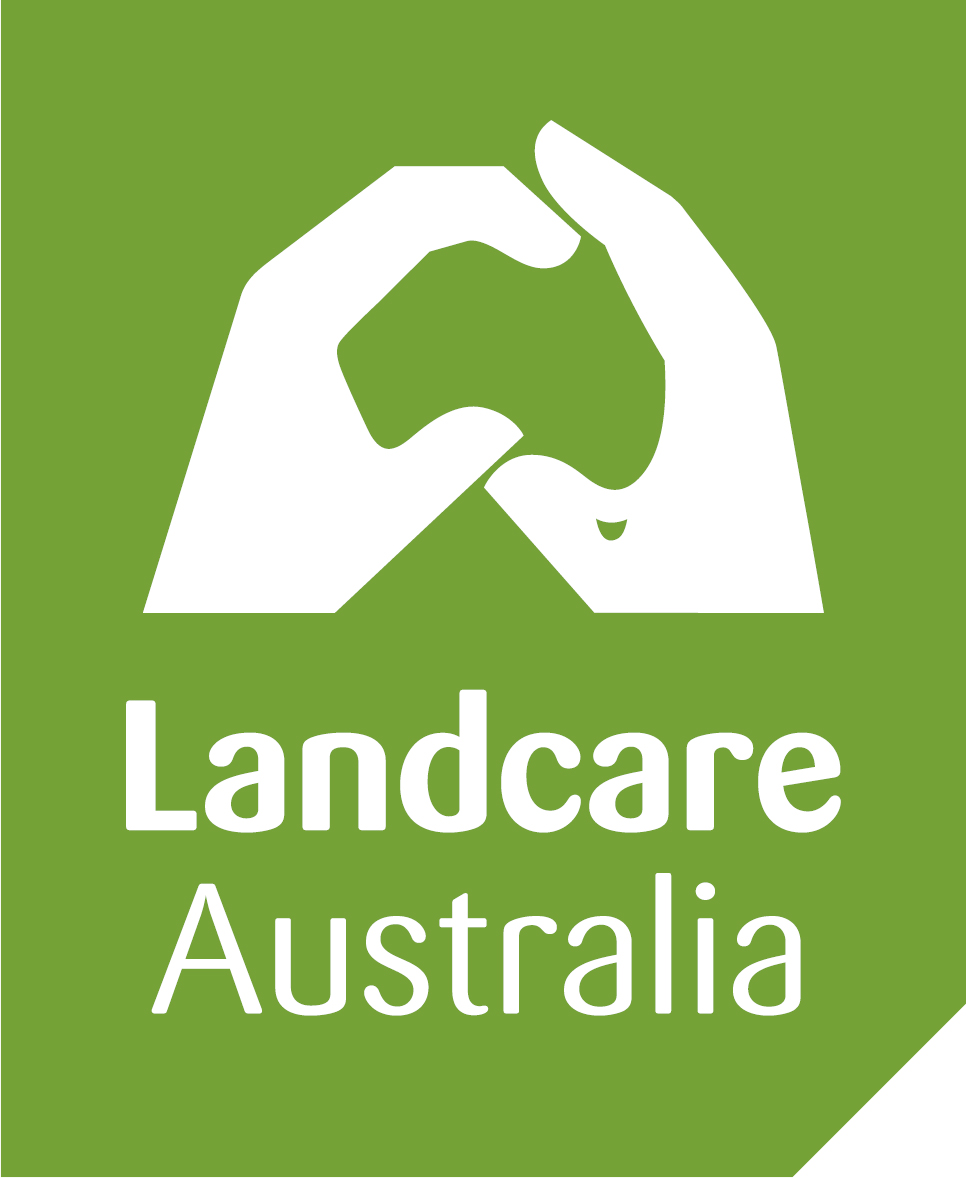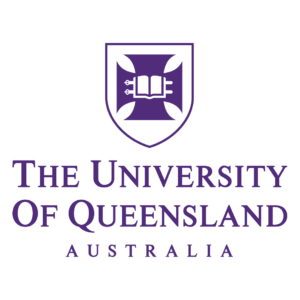SUPPLEMENTARY FEEDING
Cockatoo Grass - a favourite food of the Golden-shouldered Parrots.
A Golden-shouldered Parrot feeds at the feeder at Artemis Station. Photo credit to Mark Horvath.
For Golden-shouldered Parrots, the foods they eat – mostly grass seeds – are not available all year round. Very broadly, there are dry season foods and wet season foods.
The early wet season is a tough time for parrots because most of their dry season foods germinate after the first storms. This forces parrots to feed on a much wider variety of food (including leaves and flower buds), some of which are nutritionally poor.
COCKATOO GRASS
Better quality foods such as Cockatoo Grass (Alloteropsis semialata) are very important early wet season foods. They’ve got large, nutritious seeds and they are perennial – meaning that the same plant can live longer than a single year. They can do this thanks to an underground structure called a rhizome, which stores carbohydrates and moisture. The rhizome allows the plants to spring up and set seeds quickly after the first storms, thereby helping to fill the gap in the parrots’ food supply.
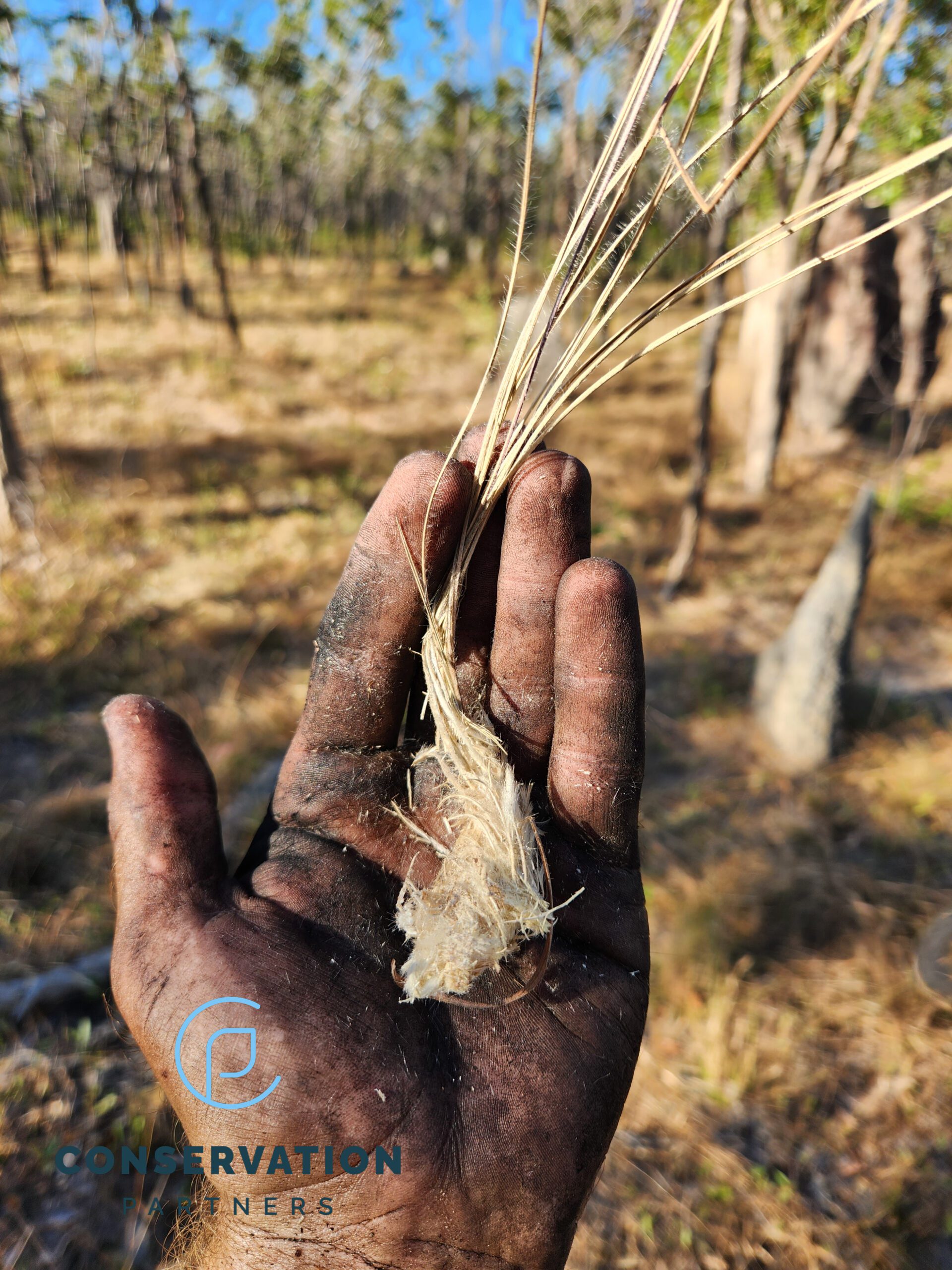
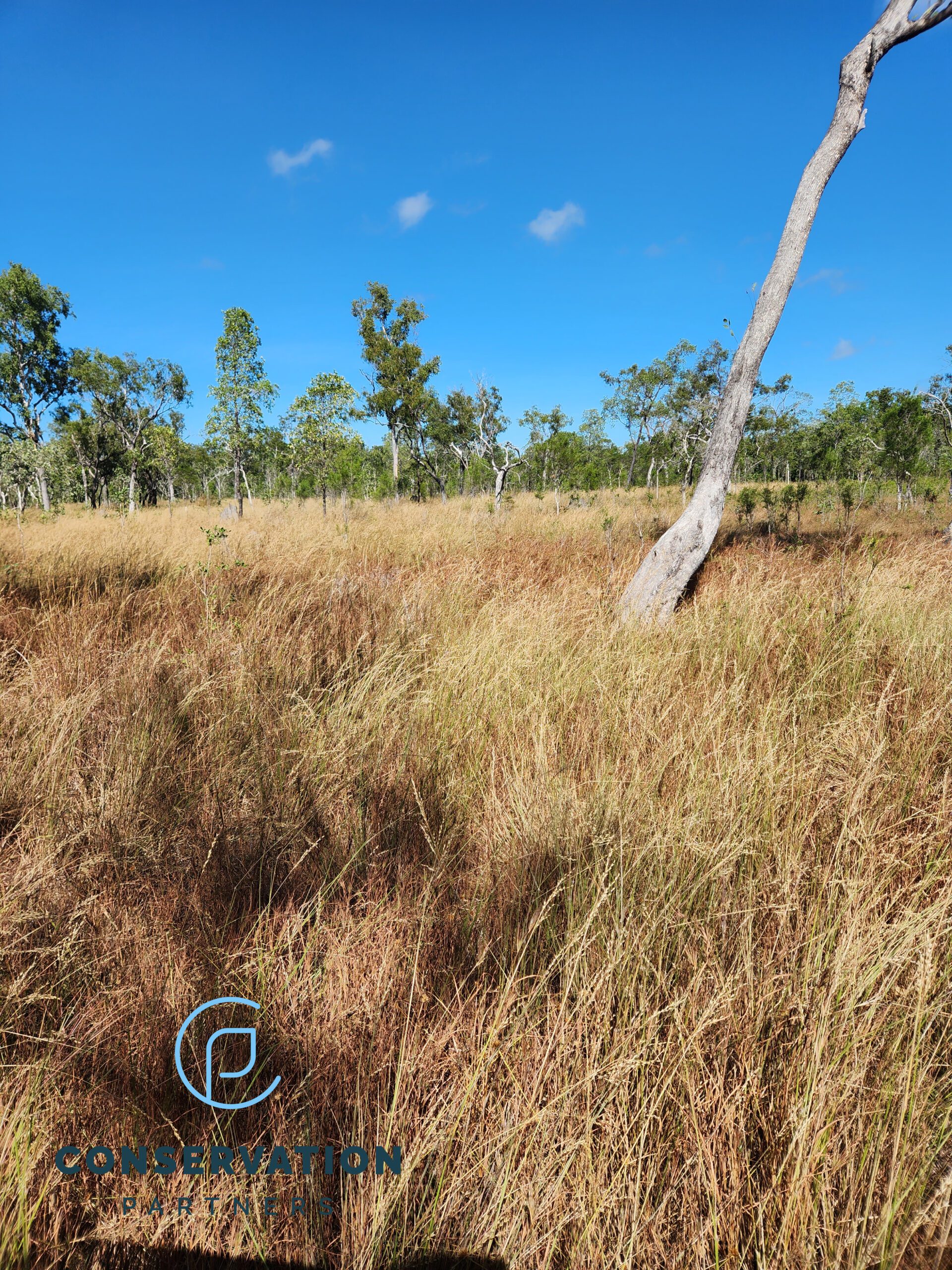
The problem with the rhizome is that Feral Pigs and Agile Wallabies find them irresistible. Every year, hundreds and thousands of Cockatoo Grass plants are dug up and killed by these animals. This, together with a gradual decline of other perennial grasses, now means that Golden-shouldered Parrots often go hungry. This is the main motivation behind our feral pig control program.
To help with this food shortage, Sue Shephard on Artemis Station has been providing supplementary food for parrots for about 20 years. The feeders are constructed with wire mesh walls that allow parrots to enter and feed, while excluding predators and large aggressive granivores such as Galahs (Cacatua roseicapilla). This management action has been successful, with large numbers of parrots visiting feeders in the later part of the dry season and early wet season. As pressures on wet season feeding habitats are reduced over-time, it is hoped to gradually wean parrots off supplementary feeding.

We are controlling feral pigs using baiting techniques that prevent the uptake of poisons by non-target species.
In the meantime, the feeders offer us a really important opportunity to monitor the parrots. Every year we capture birds and fit individually-recognizable coloured bands to their legs. We then monitor visits to the feeders using camera traps. Over time, this allows us to calculate the life span of individual parrots. This is one of the most important things we measure to ensure our overall recovery plan is having its intended effect – to increase Artemis’ parrot population.
